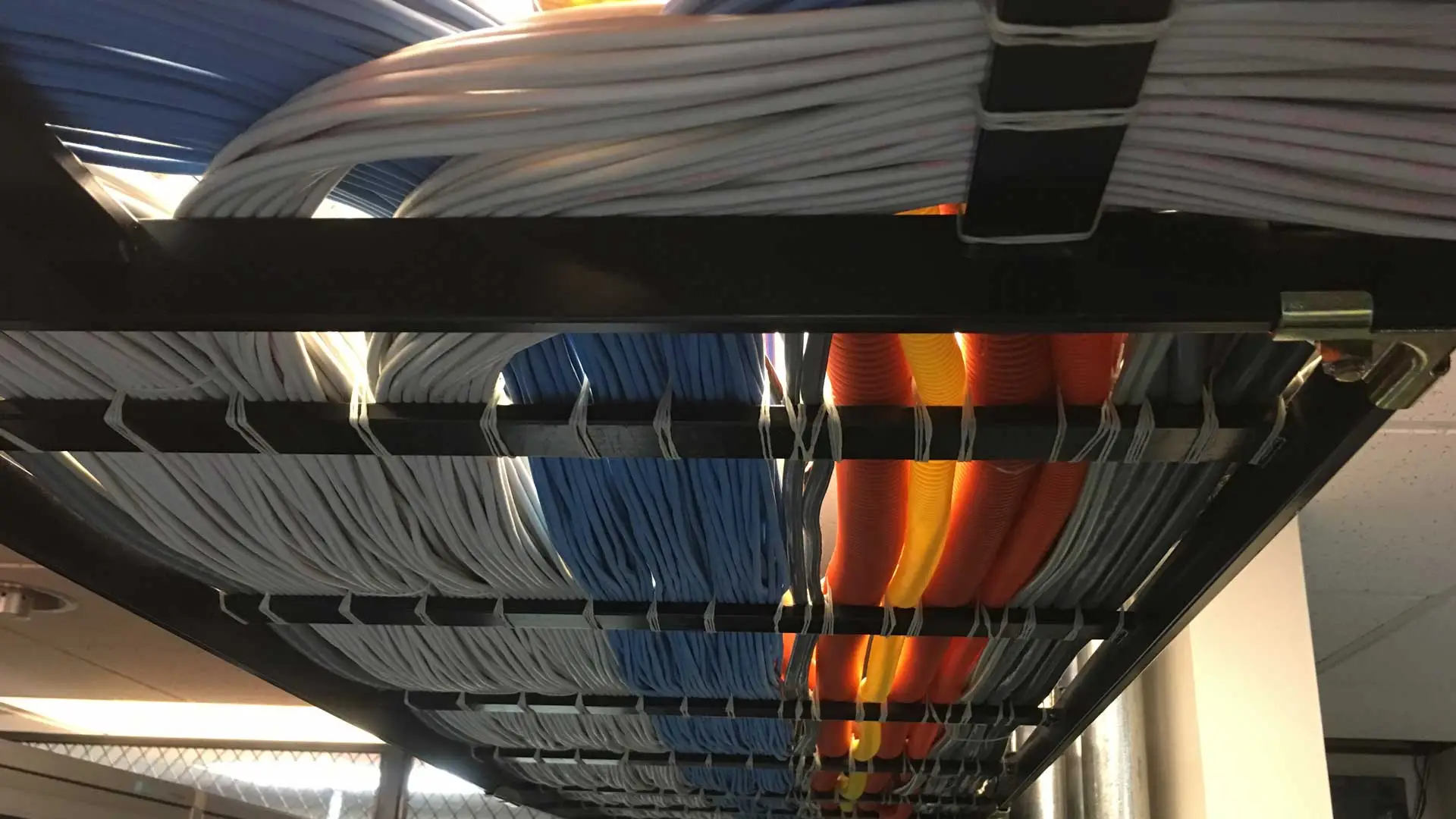
Insight
Check here for information regarding cloud services, colocation, virtual desktop offerings

Check here for information regarding cloud services, colocation, virtual desktop offerings
Data center power refers to the energy required to operate a data center, including all its components, such as servers, cooling systems, and security devices. It’s measured in kilowatts (kW) or megawatts (MW) and is a critical factor in determining the data center’s capacity to handle computational tasks.
A digital ecosystem refers to a complex network of individuals, businesses, and systems that utilize technology to interact and collaborate. Unlike traditional business ecosystems, digital ecosystems harness the power of physical devices, data or information layers, and application layers to facilitate seamless real-time interactions among users and between users and businesses. This dynamic environment enables companies to collect customer data, develop new products, deliver services, and craft novel customer experiences through a harmonious integration of various digital components.
Drawing inspiration from natural ecosystems, digital ecosystems are characterized by their distributed, adaptive, and open socio-technical structure. They exhibit self-organization, scalability, and sustainability, principles that are rooted in the natural world’s mechanisms of competition and collaboration among diverse entities.
The concept of digital ecosystems, introduced in the early 2000s, aimed at modeling the adoption and development of ICT-based products and services in competitive markets, emphasizing the importance of interconnectedness and mutual benefit among participants.
At the heart of a digital ecosystem lies a centralized database, serving as the primary repository for all essential information. Centralized databases offer ease of management and heightened...
